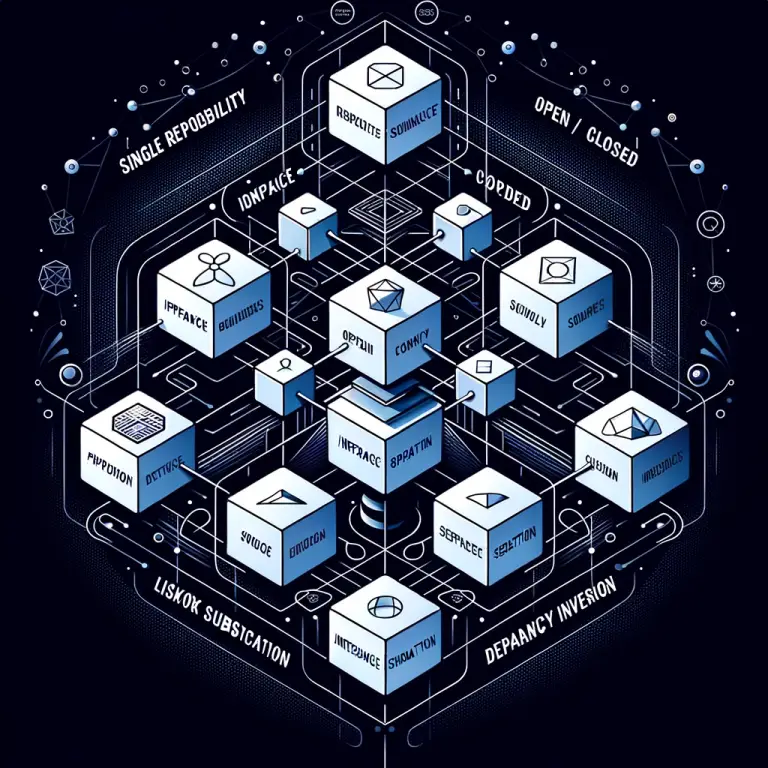In the realm of digital graphics, terrain generation algorithms play a crucial role in crafting realistic and immersive landscapes. Whether used in video games, simulations, or virtual reality environments, these algorithms are pivotal in transforming simple data into intricate terrains that captivate users worldwide.
What are Terrain Generation Algorithms?
Terrain generation algorithms are computational procedures used to create complex landforms from basic data. These algorithms simulate natural processes to generate realistic landscapes that might include mountains, valleys, rivers, and more. The primary goal is to mimic the intricate patterns found in nature while providing developers with tools for customization and creativity.
Such algorithms are essential in a variety of applications including video game development, virtual reality, and geographic simulations. By understanding the underlying principles of these algorithms, developers can create more engaging and visually appealing environments.
Types of Terrain Generation Algorithms
There are several different types of terrain generation algorithms, each with its own set of advantages and use cases. Some popular ones include:
- Perlin Noise: Developed by Ken Perlin in the 1980s, this algorithm is widely used for creating natural-looking textures. It generates smooth gradients that can be combined to form complex terrains.
- Diamond-Square Algorithm: This recursive method is effective for generating height maps by subdividing squares into smaller portions and adjusting their heights based on surrounding values.
- Voronoi Diagrams: Used for partitioning landscapes into regions based on proximity to a set of points. This method can simulate features like islands or archipelagos.
The Importance of Terrain Generation in Digital Media
The significance of terrain generation extends beyond mere aesthetics. In digital media, realistic landscapes enhance user experience by providing immersive environments that support storytelling and gameplay mechanics. For instance, in open-world games, expansive terrains allow players to explore vast areas seamlessly.
Furthermore, these algorithms enable procedural generation, where landscapes are created algorithmically rather than manually. This not only saves time but also allows for infinite variations and unique experiences each time a game is played or a simulation is run.
Applications Across Various Industries
Beyond gaming, terrain generation finds applications in various industries such as architecture, film production, and urban planning. In architecture, it aids in visualizing site plans against realistic backdrops. Filmmakers leverage it to create otherworldly scenes without the need for costly sets or locations. Urban planners use it to simulate cityscapes and plan infrastructure developments effectively.
Choosing the Right Tools for Terrain Generation
Selecting the appropriate software or toolset is crucial when working with terrain generation algorithms. The right choice depends on factors like project requirements, budget constraints, and desired output quality.
- Unity: This versatile game engine offers built-in support for terrain generation with its Terrain Tools package. It is ideal for developers seeking comprehensive solutions within an integrated platform.
- Unreal Engine: Known for its high-fidelity graphics capabilities, Unreal Engine provides powerful tools like Landscape Edit Layers to create stunning terrains efficiently.
- World Machine: A dedicated tool specifically designed for terrain creation; it excels at producing highly detailed landscapes through procedural methods.
Factors to Consider When Selecting a Tool
When considering which tool to use for terrain generation projects, it’s important to evaluate factors such as ease of use, compatibility with other software platforms you might be using (e.g., 3D modeling programs), and the level of community support available (e.g., tutorials or forums).
The Future of Terrain Generation Algorithms
The future holds exciting prospects for terrain generation algorithms as advancements in technology continue to push boundaries. With increasing computational power and innovations like machine learning integration into graphics processing workflows; we can expect even more realistic terrains that respond dynamically according to user interactions within virtual environments.
This evolution will likely lead not only towards greater realism but also new possibilities involving interactive storytelling where terrains adapt based on narrative progression or player choices during gameplay scenarios—creating richer experiences than ever before possible!

